Living on the streets is not quarantine
New York 10.04.2020 The United Nations NGO Working Group to End Homelessness Translated by: Jpic-jo.orgThe United Nations NGO Working Group to End Homelessness (WGEH), while thanking the UN, particularly the ECOSOC Council’s Commission for Social Development, for their recent focus on the work of ending homelessness around the world, extends its gratitude to all Member States who have already included homelessness in their COVID-19 relief efforts. At the same time it advocates for "A strong and thoughtful response to the intersections of homelessness and COVID-19" to ensure that “no one is left behind” while pushing forward for the achievement of the UN 2030 Agenda for SD.

The United Nations NGO Working Group to End Homelessness (WGEH) recognizes that people experiencing homelessness are dangerously vulnerable to the COVID-19 pandemic. The coronavirus has potentially devastating consequences for those living on the streets or in crowded congregate shelters, where they cannot quarantine themselves, wash their hands, or protect themselves as we have all been instructed to do.
As Leilani Farha, UN Special Rapporteur on the Right to Adequate Housing, noted, “Housing has become the frontline of defense against coronavirus. Home has rarely been more of a life or death situation.” How does one shelter on the spot, maintain distance, wash their hands, wear masks or gloves, isolate or quarantine, when one has no home and minimal other resources? We must recognize that those sleeping on our streets are nonetheless a part of our communities, and that we are only as safe and as healthy as our most vulnerable neighbors.
In most societies there is an unprecedented proportion of minorities among those at risk of (or already contracting) the disease, including within the homeless population. Homeless populations are already affected by serious health concerns, which increase vulnerability to the virus; these are often results or reflections of lack of housing and housing inadequacy, associated with food and water insecurity and poverty.
The hidden homeless, rather than being visibly on the street, face housing insecurity/inadequacy. An increasingly common scenario resulting from COVID-19 conditions is that victims of domestic violence and abuse are now confined in close quarters and an exacerbated situation of dependency with their abusers. As mothers with children comprise much of these cases, a gendered response appropriate to families is warranted.
Refugees, international migrants, internally displaced persons, victims of trafficking, and slum dwellers should also be reframed for inclusion within the hidden homeless category. Generally, women and children disproportionately comprise these groups. The hidden homeless face similar challenges for attaining social distance and adequate sanitation during this pandemic, as well as meeting basic needs and securing income.
The facts and moral urgency are clear. Given their extreme vulnerability, we must act to ensure that people who are experiencing homelessness and housing insecurity are protected, their unique challenges confronted, and their specific needs met, during the coronavirus pandemic and beyond. Simply put, we will not be able to control the coronavirus unless public health actions and standards apply to all.
The NGO WGEH calls on the UN and its Member States to explicitly include measures for homelessness in all COVID-19 relief efforts, including in humanitarian response plans. In particular, we call for:
- A centralized and coordinated approach led by governments to ensure efficient and equitable deployment of all resources. This approach should include NGOs, faith communities, and other service providers as partners.
- Counts of people on the streets and in communal shelters to establish the appropriate number of isolation/quarantine spaces using creative methods such as hotel rooms, vacant housing.
- As immediately as possible and focusing first on areas with high levels or “hot spots” of street homelessness and in slums, screening people for COVID-19 symptoms and testing where possible, and movement of people off the streets and out of communal shelters into isolation/quarantine spaces. Ideally, these spaces are self-contained rooms with attached bathrooms.
- Assurance that people on the streets, in communal shelters, and in temporary isolation/quarantine spaces have access to basic needs like food and hygiene items, and supportive social services and healthcare services, including COVID-19 testing.
- The provision of immediate opportunities for affordable, safe, and supported family separation to victims of domestic violence through adequate housing provisions.
- Inclusion of funding for homelessness prevention, such as rental assistance; homelessness services; and long-term permanent housing in any COVID-19 emergency funding packages. When possible, priority should be given to families with children and areas with high eviction rates.
- Engagement in a thorough review of the response to COVID-19 and preparation of plans for future pandemics or national crises which include and address issues related to persons who are most vulnerable, particularly those living without homes.







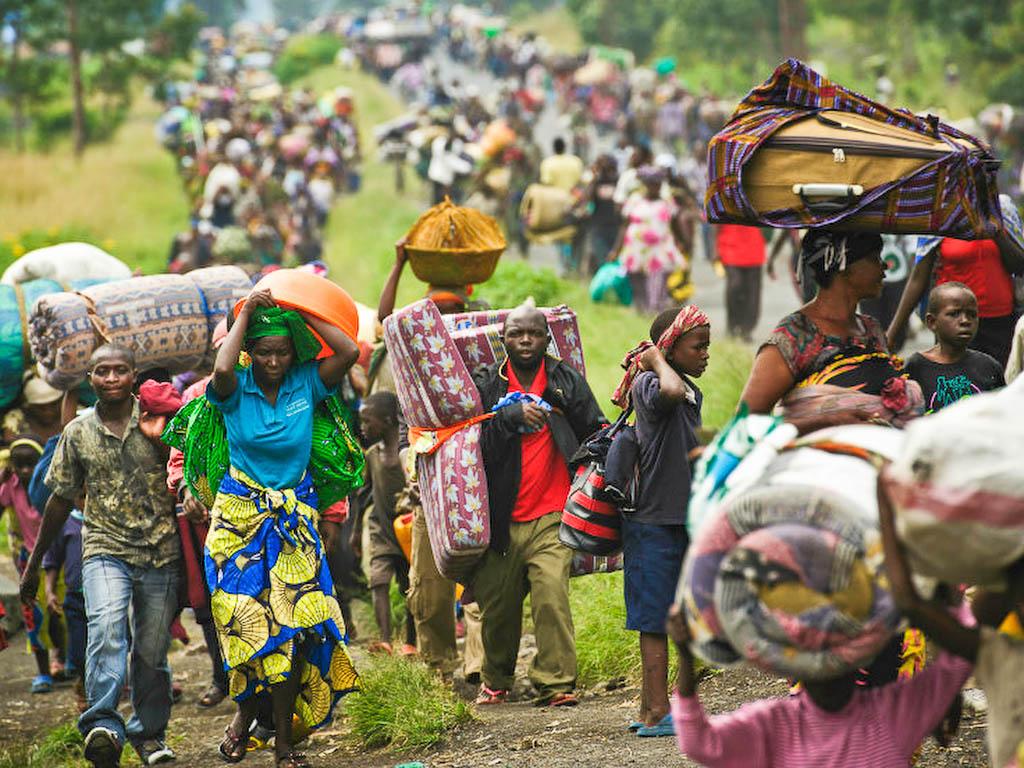

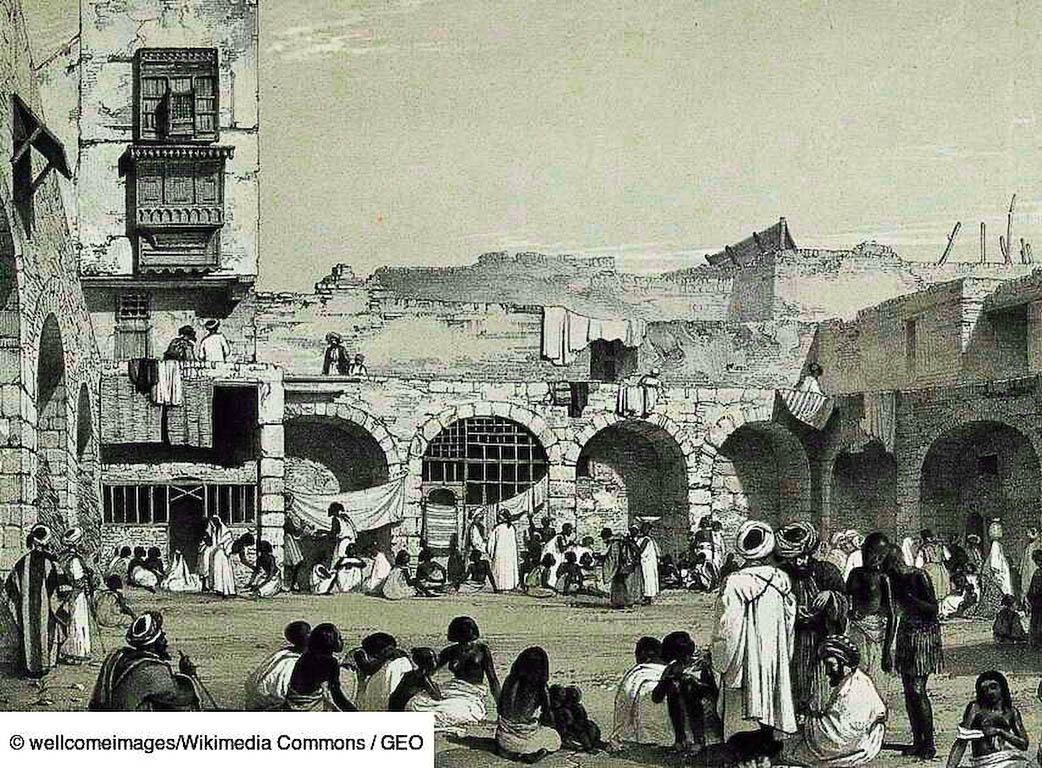
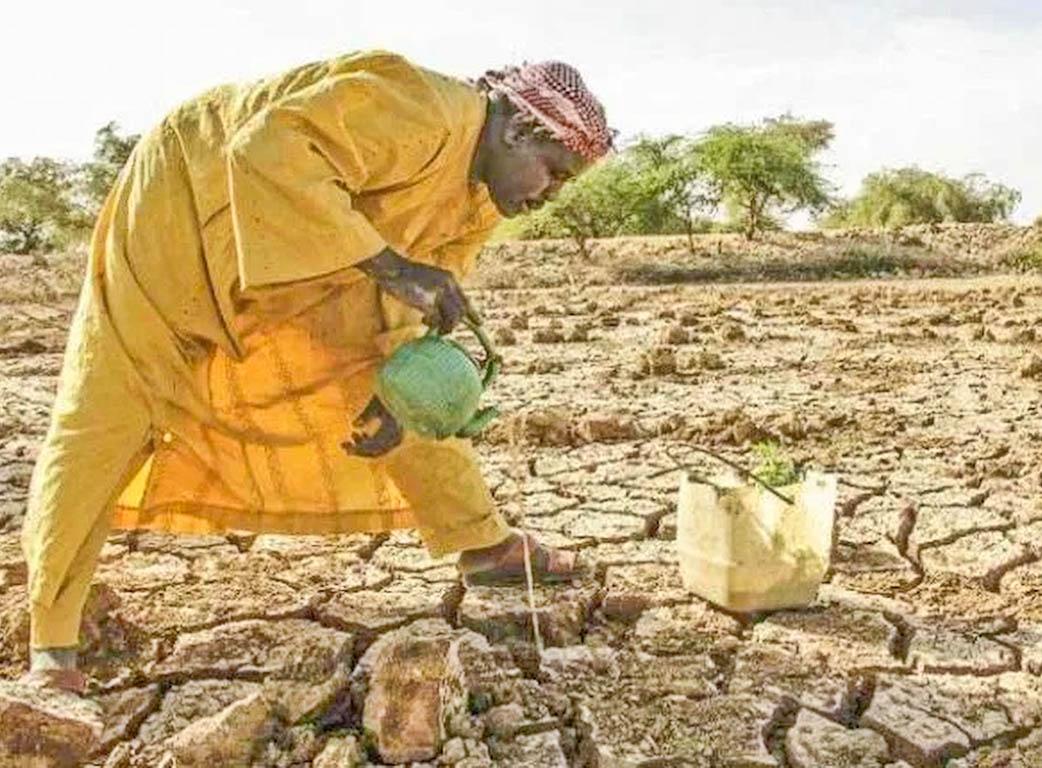
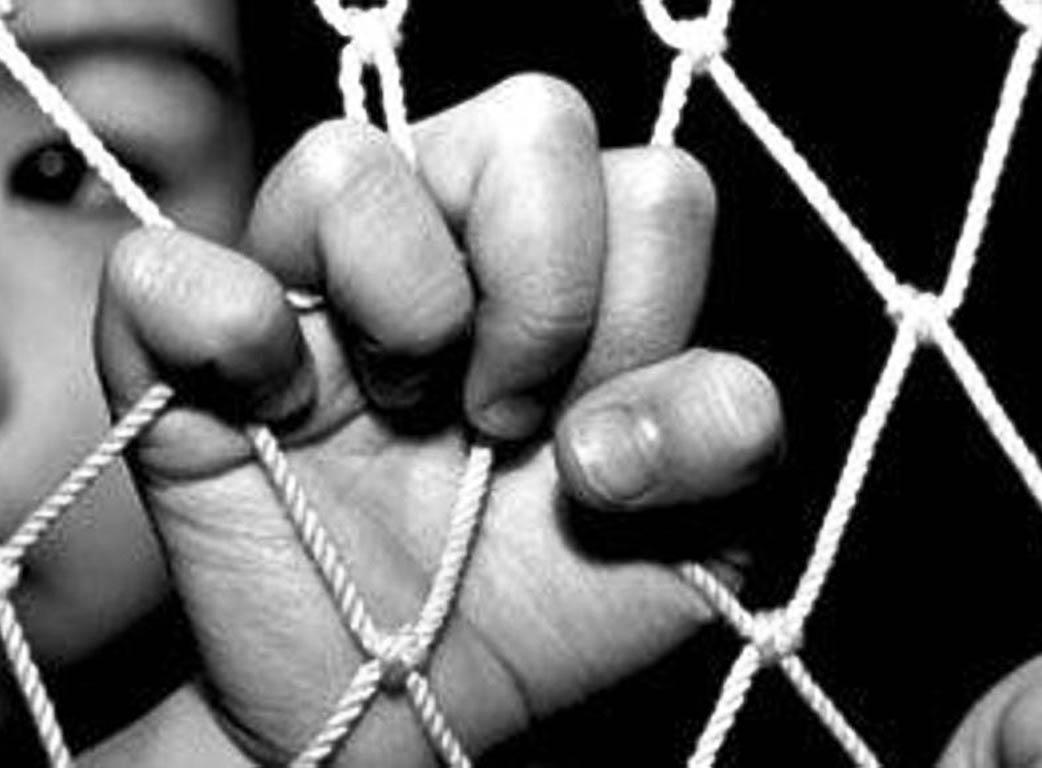


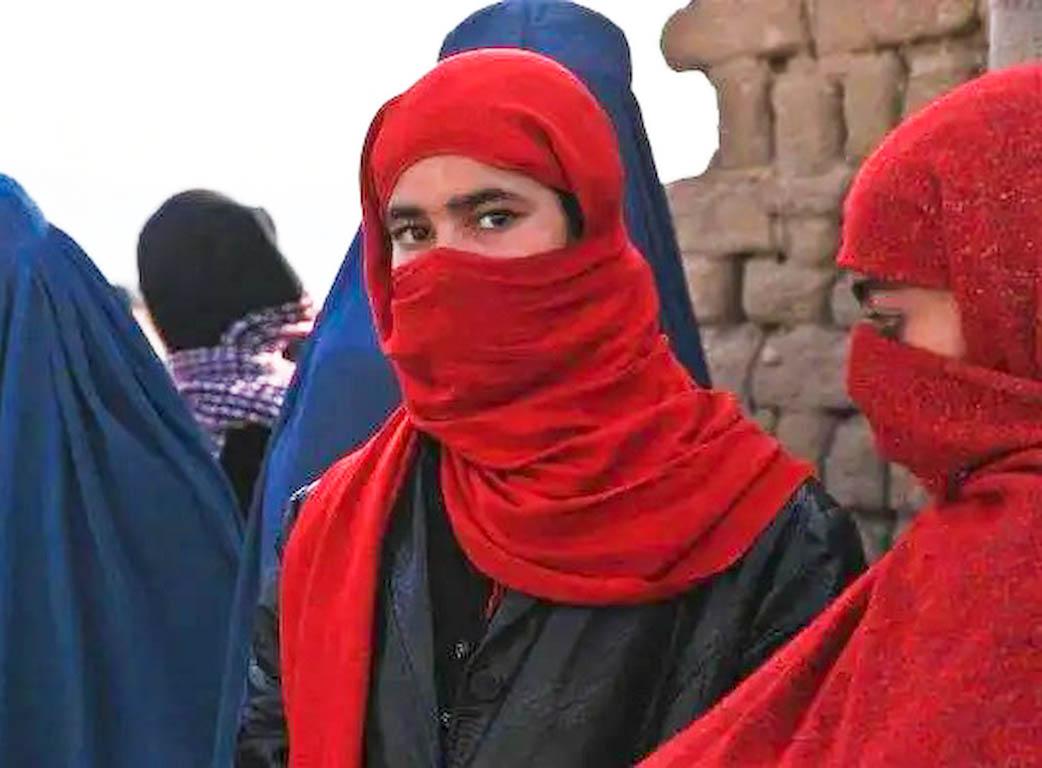






 EDitt | Web Agency
EDitt | Web Agency
Leave a comment